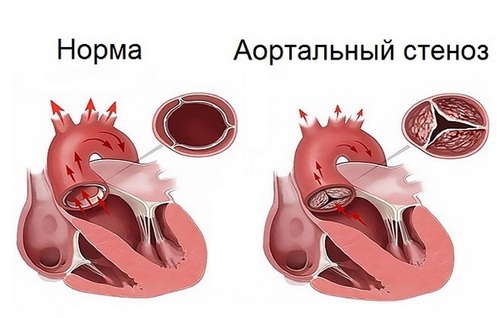Dr. Marlon Everett, an interventional cardiologist with Advocate Trinity Hospital in Chicago, Ill., explains the difference between three cardiovascular issues we’ve heard about the most in the news recently.
Heart disease includes all forms of potential heart trouble such as heart attack, sudden cardiac arrest, heart failure, heart defects from birth, aortic aneurysm (a stretched or bulging section of the wall of this main artery, which carries blood from the heart to the rest of the body), arrhythmia/atrial fibrillation (a problem with the rhythm or rate of the heart beat), high blood pressure, high cholesterol and an enlarged heart muscle (cardiomyopathy).
Heart Attack
Referred to by doctors as myocardial infarction, a heart attack happens when circulation is blocked or cut off and blood is no longer supplied to the heart muscle. When circulation is blocked, it deprives the heart of the vital oxygen and nutrients that it needs to function appropriately. The American Heart Association lists it as the most common type of heart disease.
A heart attack primarily happens when a buildup of plaque in the arteries ruptures, causing a blood clot to form. Large clots can block the flow of blood through an artery. Plaque is formed when cholesterol combines with fat, calcium and other substances in the blood.
Less frequent causes include a spasm caused by tobacco or illicit drugs, such as cocaine, which disables the heart muscle, or by a tear in the artery.

Cardiac Arrest/Sudden Cardiac Arrest
A heart attack is caused by a blockage, while cardiac arrest is caused by an electrical disturbance that affects the heart’s ability to beat. Your heart can get out of rhythm, causing rapid and irregular heartbeats, which means your heart cannot pump effectively. If the electrical disturbance is significant, it can cause the heart to stop functioning altogether and result in sudden cardiac death.
While there are warning signs for a heart attack, that is not the case with sudden cardiac arrest. The person will collapse with no pulse, no consciousness and no breathing.
Survival is possible after both a heart attack and sudden cardiac arrest. CPR (either via a defibrillator or chest compressions) is the first step in helping to save someone’s life while waiting for emergency personnel to arrive. Always call 911 if you think someone is having a heart attack or collapses and isn’t breathing. The ambulance is equipped to treat cardiac arrest on the way to the emergency room.
Heart Failure
When your heart, which acts as a pump to push out blood through the arteries and circulatory system to the other organs and tissues, no longer works effectively, that’s heart failure, or congestive heart failure.
High blood pressure, diabetes, obesity and coronary artery disease (when a build-up of plaque in the arteries causes them to narrow and obstruct blood flow) are all conditions that lead to heart failure.
The Recap
It’s important to focus on lifestyle changes to prevent heart attacks and heart failure. High cholesterol, high blood pressure, diabetes, lack of exercise, obesity and cigarette smoking are major risk factors.
Genetic predisposition plays a role in your heart health, too. Even if you are otherwise healthy, if you have a family history of heart problems, you should discuss this with your primary care physician or cardiologist so you can be screened and monitored.



